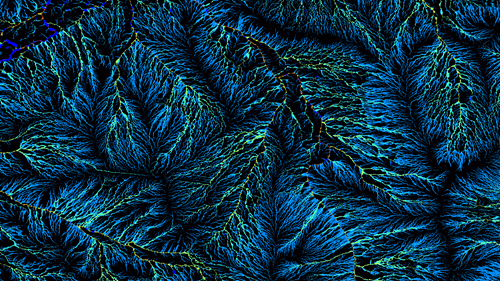A landmark new initiative, Catalysing Australia's Biosecurity (CAB), will see a forecast initial co-investment of more than $55 million over six years from Australia’s national science agency, CSIRO, government, industry and a range of partners to strengthen the nation’s biosecurity defences.
This is in addition to the extra $1 billion in biosecurity funding over the next four years, announced by the Australian government in the Biosecurity Sustainable Funding Package in Budget 2023-24.
The CAB initiative, co-led with the Department of Agriculture, Fisheries and Forestry (DAFF), is expected to scale over time providing better coordination as well as alignment of biosecurity research development and extension outcomes in the National Biosecurity Strategy.
CSIRO’s Chief Executive Dr Doug Hilton said the initiative, which falls under the CSIRO Missions program, is critical to safeguard the nation.
"Biosecurity is on the frontline of keeping Australia and Australians safe - it means protecting Australia’s unique biodiversity, ensuring our food security and minimising the risk of the transmission of infectious diseases,” Dr Hilton said.
“Our biosecurity defences, processes and protections have to be robust, they have to be world class and they must be science-based, which is why CSIRO, Australia’s national science agency, is part of this initiative.”
DAFF Secretary and Director of Biosecurity Adam Fennessy PSM said the CAB initiative would help to transform research and innovation in the nation’s current biosecurity system.
“This groundbreaking initiative between CSIRO and DAFF is a significant step towards achieving the National Biosecurity Strategy’s (NBS) long-term outcome of a connected, efficient and science-based biosecurity system,” Mr Fennessy said.
“Our recently launched NBS Implementation Plan highlights the need for integration supported by technology, research and data.”
CAB’s initial suite of innovative projects include:
- Investing significantly to prepare for emergency animal diseases such as the Japanese encephalitis virus and lumpy skin disease;
- Trialling the BeeRight and eDNA technology to detect varroa mites in bee hives;
- Delivering a real-time biosecurity alerts service in partnership with Atlas of Living Australia;
- Deploying advanced pest management systems at the crop and landscape scale in collaboration with Hort Innovation;
- Developing an Australian Biosecurity Research Database to guide strategic investments and decision-making.
The initiative will draw on cutting-edge developments in AI, machine learning, decision support platforms, genomics, robotics, drones, remote sensing, big data analytics and next-generation biological solutions, like advanced therapeutics and genetic control options.
CAB also has a focus on empowering Aboriginal and Torres Strait Islander communities to contribute their expertise towards national biosecurity efforts. The initiative also has the potential to enhance regional prosperity and security, particularly through providing new funding opportunities for small and medium-sized enterprises.
Mr Fennessy said protecting Australia’s biosecurity is a shared responsibility that demands innovative solutions and strong partnerships.
“CAB is a testament to the power of partnership, with cross-sectoral efforts representing a significant step forward in our collective efforts to safeguard Australia’s agricultural industries, environment, and communities for future generations,” Mr Fennessy said.
For more information on CAB, visit the DAFF website: Catalysing Australia’s Biosecurity (CAB) - DAFF (agriculture.gov.au) or CSIRO website: Catalysing Australia's Biosecurity
For more information on the National Biosecurity Strategy, visit the DAFF website: National Biosecurity Strategy | Biosecurity
For more information on the CSIRO Missions program, visit the CSIRO website: Partner with us to tackle Australia’s greatest challenges - CSIRO

